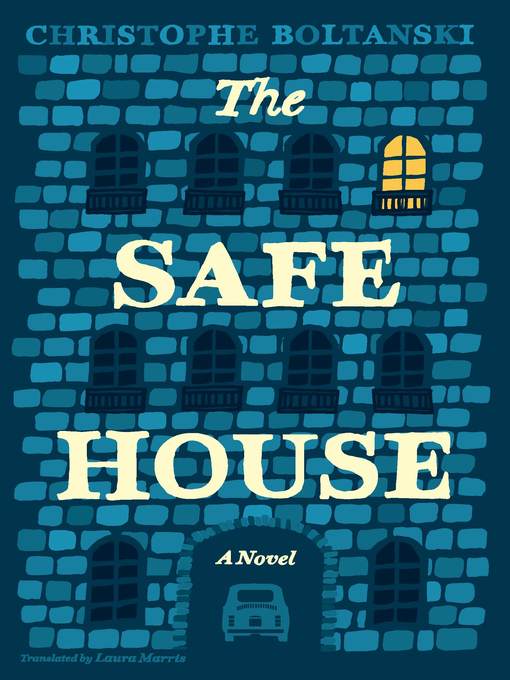
The Safe House
A Novel
کتاب های مرتبط
- اطلاعات
- نقد و بررسی
- دیدگاه کاربران
نقد و بررسی

Starred review from August 28, 2017
As a child, Boltanski lived with his grandparents in what the French call a hôtel particulier, a nobleman’s mansion divided into apartments. But it was particular in the English-language sense as well: individual, specific, utterly nongeneric. Fittingly, Boltanski tells the story in a most particular way in this novel that, according to the translator’s note, “exists in a borderland between truth and fiction.” The book moves through the large apartment room by room. This Perec-esque approach lets him jump in time—sometimes one of the children sleeping on the floor around his grandparents’ bed is his father, sometimes it’s him—but it’s the same room. It allows him to cover events he wasn’t alive for, particularly the way his Jewish grandfather survived WWII by hiding in plain sight. The family functioned as a unit led by Boltanski’s fierce grandmother, who, undaunted by Nazis and polio, hid her husband, homeschooled Boltanski’s father and uncles, and wrote prolifically. Despite (or because of?—Boltanski leaves that for the reader to decide) barely leaving the family home, two of her sons became prominent scholars, and the youngest is the artist Christian Boltanski. Boltanski describes his family as afraid “of everything, of nothing, of others, of ourselves,” but what comes through in this short, smart, funny book is bravery and toughness, especially that of his grandmother, who in a world of imaginary and real terrors kept the family safe and together.

September 1, 2017
Rooms and mysteries nestle within one another in this conceptual novel of family and place.Boltanski's debut is a lightly fictionalized version of his family history; the Boltanski (or Bolt) family lives together in a mansion in Paris' exclusive Saint-Germain neighborhood. They travel everywhere together in their tiny car. "We were afraid," the narrator says. "Of everything, of nothing, of others, of ourselves." The matriarch of the family, crippled by polio she contracted in medical school, relies on her children and grandchildren to support her weight. "We had become her arms, her legs, extensions of her body." The family moves as a single unit any time they leave the safety of their house. They develop odd habits as a refusal of the outside world. Boltanski, the narrator, leads us through the family story one room at a time, looping back into details multiple times to reveal both the house's and the family's secrets. Members of the family each go by several different names; lies are told, truths are kept even from each other. No detail is reliable. "Names that are neat and tidy in order to hide others that beg the same question: 'who are we?'" At the center of the story and the house is Boltanski's grandfather Etienne Boltanski, who divorced his wife as Nazis arrived in France, making a scene as he left. But he returned and took up residence in a crawlspace; the family's barriers--of several kinds--kept him safe. Now they hide from the past, and their house becomes a bulwark against the world. Boltanski's grandmother "wanted to escape time altogether. No beginning, no end."Complex and meticulously plotted; this mystery house full of odd characters will make the reader consider storytelling as the building of a physical and mental space.
COPYRIGHT(2017) Kirkus Reviews, ALL RIGHTS RESERVED.

























دیدگاه کاربران